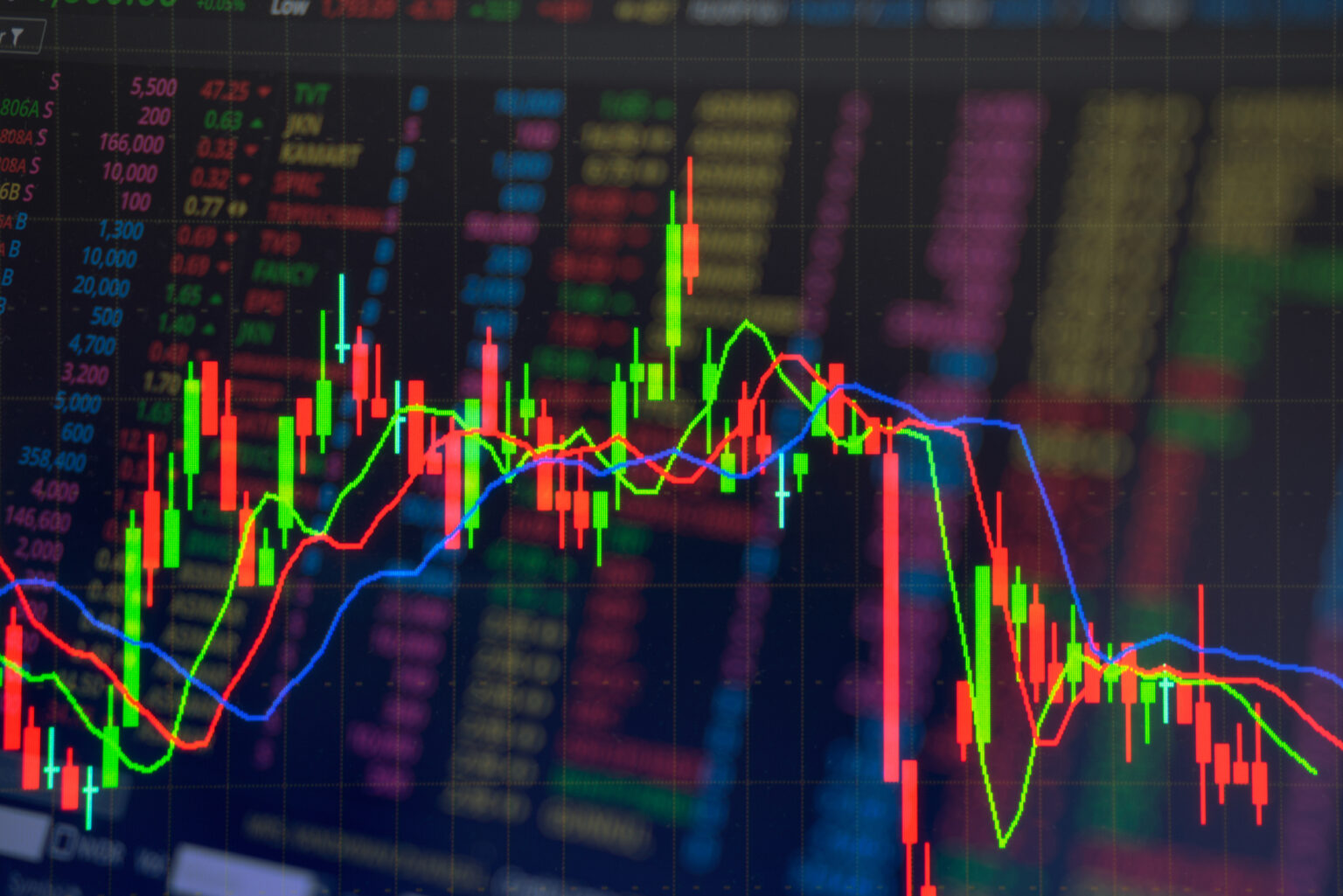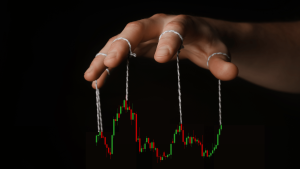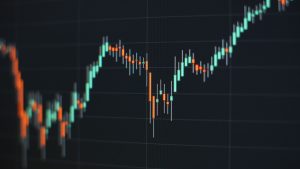The world is currently facing a surge in geopolitical tensions, economic challenges, and political uncertainty that is impacting the financial markets significantly. In times like these, traders are often bombarded with FUD—Fear, Uncertainty, and Doubt—which can make trading particularly challenging. With the Israel-Iran war in full swing, upcoming elections in the United States with potential crypto regulation changes, and the ongoing fight against inflation, traders are finding themselves navigating highly volatile markets.
In this blog, we will break down what FUD is, how it impacts trading, and strategies you can use to make informed trading decisions during these uncertain times. We’ll also discuss how tools like EPIQ Trading Floor can help you stay informed and make strategic moves even when the market is turbulent.
1. What Is FUD and How Does It Impact Trading?
FUD stands for Fear, Uncertainty, and Doubt, and it is a term often used in the financial markets to describe negative sentiment that leads to anxiety among investors and traders. FUD can be caused by various factors, such as geopolitical conflicts, regulatory changes, or even misinformation.
A. Fear, Uncertainty, and Doubt Defined
- Fear: The worry that market conditions may worsen, leading to losses. In the current scenario, the Israel-Iran war is a major source of fear, as it has the potential to destabilize global energy supplies and lead to broader economic instability.
- Uncertainty: When traders are unsure of how events will unfold or how they will impact the market. Upcoming U.S. elections bring uncertainty, especially with a candidate potentially opposing the crypto industry. Traders are unsure about what regulatory changes may come, adding to the anxiety.
- Doubt: Doubts about market recovery or the future of specific assets. As economic pressures such as inflation persist, doubts about the resilience of markets and specific sectors—like tech and crypto—continue to grow.
FUD can lead to panic selling, reduced investment activity, and increased volatility in the markets. Understanding the sources of FUD and how to respond appropriately is crucial for making the right trading decisions.
2. Current Market Drivers of FUD: Israel-Iran War, Inflation, and Elections
Several key factors are contributing to the current wave of FUD in the financial markets:
A. Israel-Iran War and Its Impact on Markets
The conflict between Israel and Iran has escalated, with missile strikes and threats of retaliation dominating headlines. Such geopolitical tensions often have an immediate impact on commodities, particularly oil, as the Middle East is a major hub for oil production. Oil prices tend to spike during conflicts, which can lead to increased costs for businesses globally and contribute to inflationary pressures.
For traders, the rise in oil prices presents opportunities in energy stocks and commodities, but it also raises concerns about broader market instability.
B. Inflation and Central Bank Policy
Inflation continues to be a significant concern for economies worldwide. Central banks, including the U.S. Federal Reserve, have been trying to combat inflation by raising interest rates. However, rising oil prices due to the Israel-Iran conflict could further complicate these efforts, potentially leading to higher interest rates and more restrictive monetary policies.
Higher interest rates often lead to reduced liquidity in the markets, impacting high-risk assets like cryptocurrencies and growth stocks. Traders must be vigilant about how inflationary pressures and central bank policies evolve, as these factors can have a profound effect on asset prices.
C. Upcoming U.S. Elections and Regulatory Uncertainty
The U.S. presidential elections are just around the corner, and one of the major points of contention is the future of cryptocurrency regulation. One of the leading candidates has expressed skepticism about cryptocurrencies, which could mean stricter regulations for the industry if they come into power.
This regulatory uncertainty adds to the overall FUD in the crypto market, causing volatility in Bitcoin and other digital assets. Traders need to monitor political developments closely, as changes in leadership could significantly impact the regulatory landscape for cryptocurrencies.
Key Takeaway: The Israel-Iran war, inflation, and upcoming U.S. elections are major drivers of FUD, contributing to heightened market volatility and uncertainty.
3. Strategies for Trading During Highly Volatile Markets
Trading during times of extreme volatility requires a different approach compared to trading in more stable market conditions. Here are some strategies that traders can use to navigate these uncertain times:
A. Stay Informed and Avoid Emotional Reactions
During times of high FUD, it’s essential to stay informed using credible sources. Avoiding emotional reactions to sensational headlines is critical for making rational trading decisions. Tools like EPIQ Trading Floor provide real-time market analysis and expert insights, helping you cut through the noise and focus on actionable information.
B. Use Stop-Loss and Take-Profit Orders
Volatility can lead to rapid price movements, which can either work in your favor or against you. Setting stop-loss orders helps protect your downside by automatically closing a position when it reaches a predetermined loss level. Similarly, take-profit orders allow you to lock in gains when the market moves in your favor.
C. Diversify Your Portfolio
In times of uncertainty, diversification is key to managing risk. By spreading your investments across different asset classes—such as stocks, commodities, and cryptocurrencies—you can reduce the impact of a downturn in any one market. Diversifying geographically can also help, as it limits exposure to region-specific risks.
D. Hedge Your Positions
Hedging is a strategy used to protect against adverse price movements. During times of FUD, traders can use derivatives like options or futures contracts to hedge their positions and mitigate risk. For instance, buying put options on a major index can help offset losses in your portfolio if the market takes a downturn.
E. Dollar-Cost Averaging (DCA) for Long-Term Investments
If you believe in the long-term potential of an asset but are concerned about short-term volatility, consider using the dollar-cost averaging (DCA) strategy. This involves investing a fixed amount at regular intervals, regardless of the asset’s price. DCA helps smooth out the effects of market volatility and reduces the emotional burden of trying to time the market.
4. How EPIQ Trading Floor Can Help During Volatile Times
Navigating highly volatile markets can be overwhelming, especially when FUD is running high. That’s where EPIQ Trading Floor comes in. With real-time trading signals, expert market analysis, and a community of traders sharing insights, EPIQ Trading Floor can provide you with the tools you need to make informed trading decisions even during uncertain times.
Whether you’re trading cryptocurrencies, stocks, or commodities, having access to accurate information and a supportive community can make all the difference.
Start your 3-day free trial today! Join EPIQ Trading Floor to access exclusive trading strategies, market data, and expert analysis that will help you stay ahead of the market, even during volatile times.
Disclaimer
The information provided in this blog is for educational purposes only and does not constitute financial advice. Always conduct your own research before making any investment decisions.










Responses